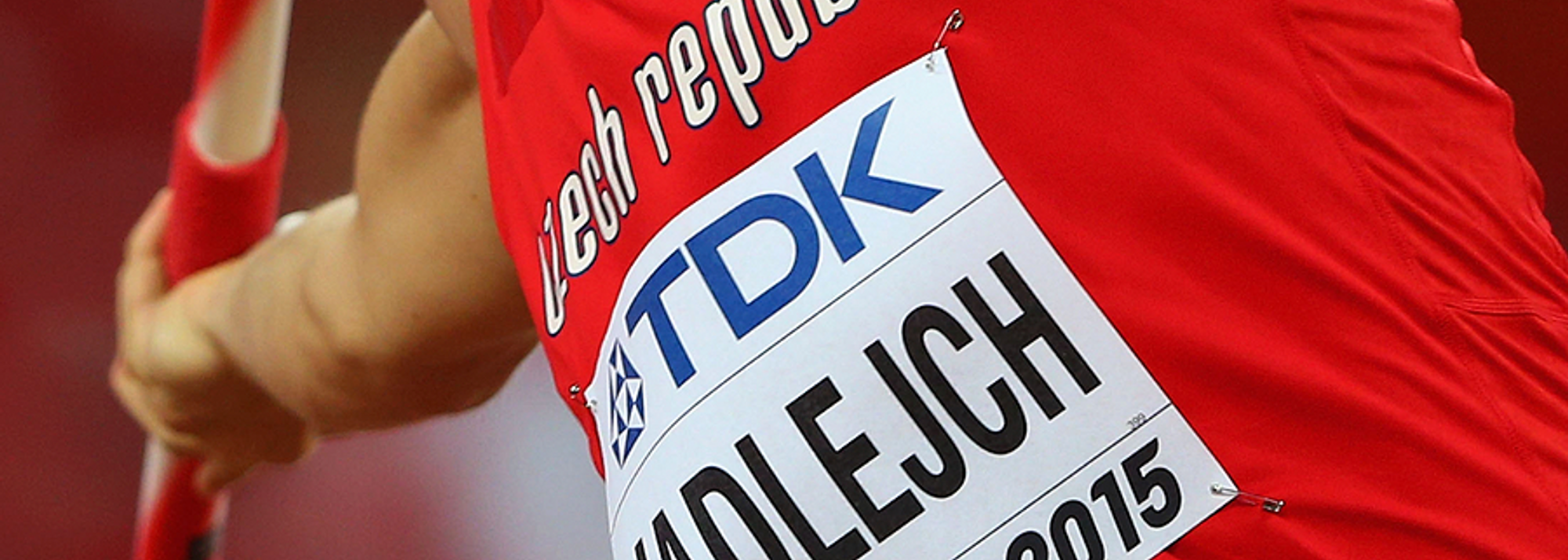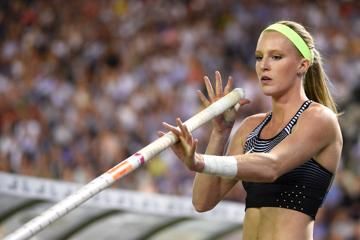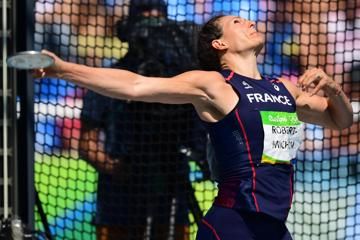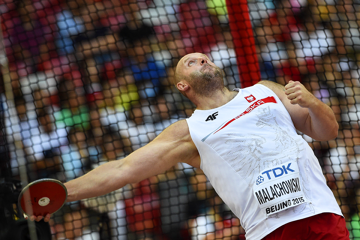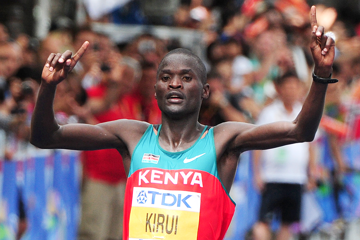Jakub Vadlejch in the javelin at the IAAF World Championships Beijing 2015 (© Getty Images)
According to javelin legend Jan Zelezny, the biggest talent in his training group is Jakub Vadlejch. And given that the squad includes the likes of 2013 world champion and 2012 European champion Vitezslav Vesley, that’s quite some compliment.
But for most of his senior career, Vadlejch struggled to show his true abilities on the big stage. At five major senior championships between 2010 and 2015, he failed to make it beyond the qualifying round each time.
Despite breaking his PB three times in 2015, he once again missed out on the final at that year’s IAAF World Championships. Nevertheless, Vadlejch saw that experience as a turning point. His final throw in the qualifying round landed beyond the automatic qualifying mark of 83 metres, but Vadlejch lost his balance close to the line and his effort was deemed a foul.
He knew, though, that had it not been for that mishap, he would have sailed into his first senior global championships final.
“Last year finally showed me what my abilities are and I enjoyed every event,” said Vadlejch.
Back to basics
It’s easy to see why Zelezny is so full of praise for Vadlejch’s natural talent.
Having started out in athletics at the age of 10, Vadlejch flourished under the leadership of Rudolf Cerny, training alongside Barbora Spotakova. Vadlejch was still a teenager while Spotakova was at her peak; watching his training partner win global titles and break world records was a huge inspiration for Vadlejch.
One year after Spotakova broke the world record, Vadlejch set a national U20 record of 81.95m, good enough for fifth on the world U20 all-time list at the time.
“My throwing at that time was very raw,” said Vadlejch. “I did not understand what my legs and arms were doing.”
Spotakova left Cerny’s group in 2010 to begin training with Zelezny. Vadlejch – who earlier that year had improved his best to 84.47m– followed and began training alongside Vesely and Petr Frydrych.
Although he managed to throw beyond 80 metres most years, Vadlejch struggled with his technique and was unable to find consistency.
“I had accumulated many mistakes and then my ankle problems started,” he said. “My technique just broke down. I had to return to my former throwing style.”
His persistence eventually paid off and Vadlejch returned to PB territory in 2015. He threw 85.13m in Kawasaki at the start of the year and then improved to 85.15m in Lausanne in July before throwing a lifetime best of 86.21m two weeks later in Karlstad. He was consistent, too, throwing beyond 80 metres in 14 of his 18 competitions that year.
Vadlejch was finally living up to the promise he had shown since his teenage years.
Breakthrough in 2016
Vadlejch continued his momentum into the Olympic year.
As was the case in 2015, he threw a PB in Kawasaki in his third competition of the season. His 86.76m effort was a world-leading mark at the time, but he was beaten in his first four IAAF Diamond League appearances of the year.
His string of misfortune at major events finally came to an end in July when he reached the final at the European Championships. Although he finished ninth in Amsterdam, he soon rebounded. He triumphed at the IAAF Diamond League meeting in London two weeks later and then threw a lifetime best of 87.20m in Kolin at the start of August in his final competition before heading to the Olympic Games in Rio.
Vadlejch hit an automatic qualifying mark of 83.27m with his last throw to make it through to his first senior global championships final. In a highly competitive contest, Vadlejch finished eighth with 82.42m, within three metres of a medal-winning distance.
Although he was disappointed with his performance at the Games, Vadlejch didn’t rest on his laurels for the remainder of the season. He set a PB of 88.02m at the IAAF Diamond League meeting in Paris and then wrapped up the Diamond Race by taking victory in Zurich, both times beating Olympic champion Thomas Rohler.
Vadlejch knows there is more to come. Having broken significant mental and physical barriers in recent years, the 26-year-old is looking forward to big throws and challenging for major medals over the next few years.
“I hope I haven’t reached the peak throwing age yet,” he says. “They say it comes sometime around 30. I hope I will get close to my limit sometime in the future.”
Adapted from the ‘Focus on Athletes’ biography prepared by Zuzana Trojakova

